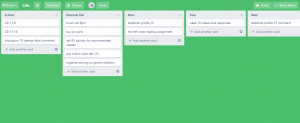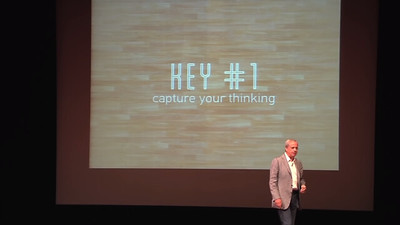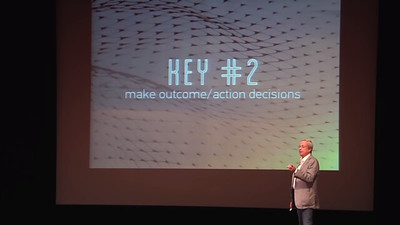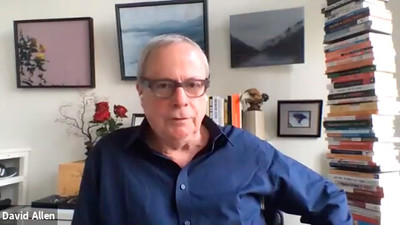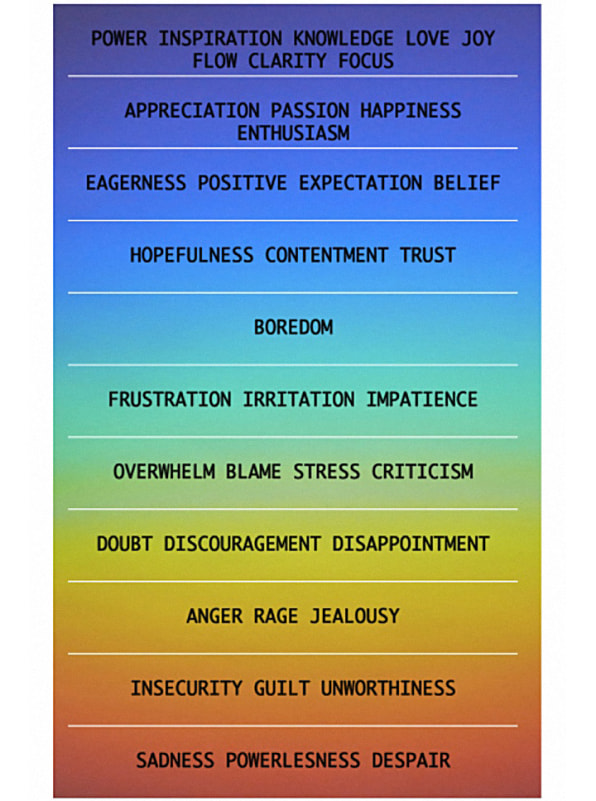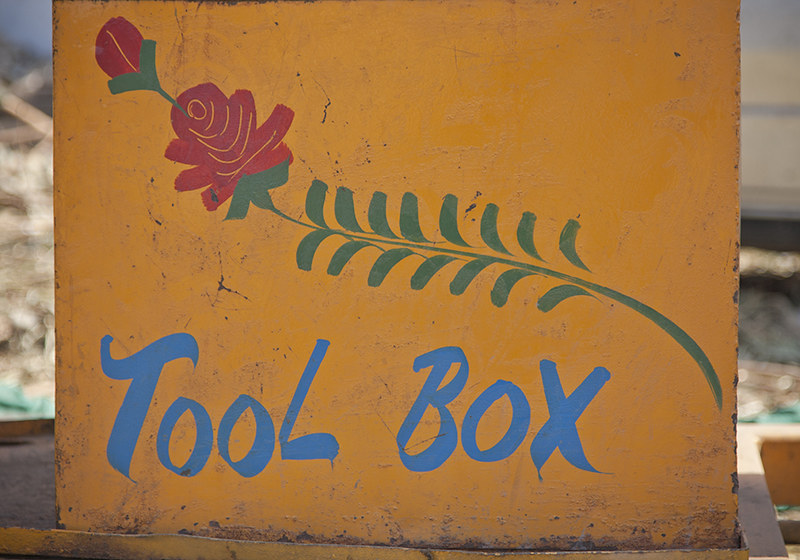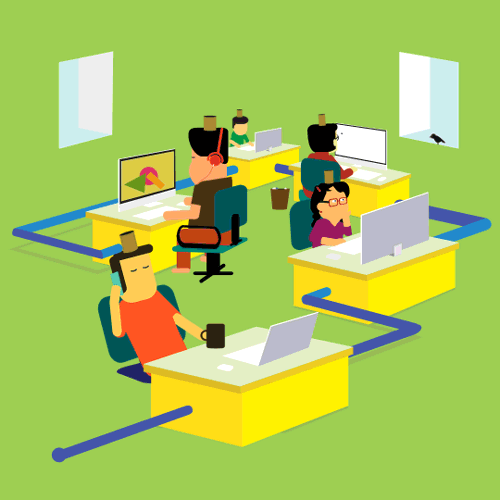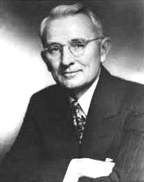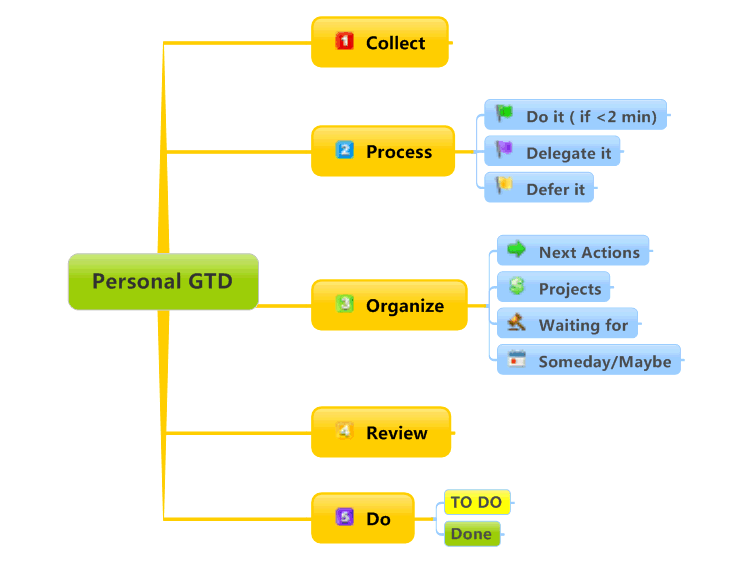
Teens are overwhelmed, partly because they don’t yet have the skills to manage the unprecedented amount of stuff that enters their brains each day. – from LifeHacker.com
“Your mind is for having ideas, not holding them.”
“You can do anything, but not everything.”
― David Allen, (GTD) Getting Things Done for Teens: Take Control of Your Life in a Distracting World
SUMMARY
- I organized my GTD. It looks boring and clunky, but I’ll try it out for a few months.
PRACTICE ROOM (TUTORIALS)
- Set a timer
- Spend up to 15 minutes in this ‘room’ on either ONE of the scripting languages below, Javascript (PlayCanvas) or C# (Unity) (NOT BOTH)
Unity – C#
-
- https://www.sololearn.com/Course/CSharp/
- Variables
- reassessing myself in case I missed something
CLASSROOM (THEORY & ANALYSIS)

You are going to learn to develop your own version of David Allen’s Getting Things Done (GTD) process in this ‘room.’
- Set a timer
- Spend 45 minutes in this ‘room’
- Spend 20 minutes watching The Art of Stress-Free Productivity: David Allen
- Spend 10 minutes watching Getting Things Done (GTD) by David Allen – Animated Book Summary And Review
- Spend 5 minutes reading Help Teens De-Stress With These ‘Getting Things Done’ Hacks
- Spend 10 minutes writing a small paragraph reflection
- make a list of items for each week(class) on Trello, every Monday
- decide whether if things are actionable right now, if not- make detailed processes
- write down every event that is happening outside class
- put the individual tasks on the ‘done column’, with respect to which day it was completed on
- add to the lists when new things are added to assignments
write down ideas when I’m trying to sleep, or having random discussions with friends
- DELETE ALL OF MR. LE DUC’s INSTRUCTIONS, AFTER YOU ARE DONE
LAB (THEORY PRACTICED)

- Set a timer
- Spend 15 minutes in this ‘room’
- Rewatch David explain ‘Maps’ from 19:57 to 21:16 of the video

Examine Two GTD Maps: Basic and Detailed
- Detailed map by guccio@文房具社 icensed under CC BY-NC 2.0
- Basic map from BiggerPlate.com embedded below
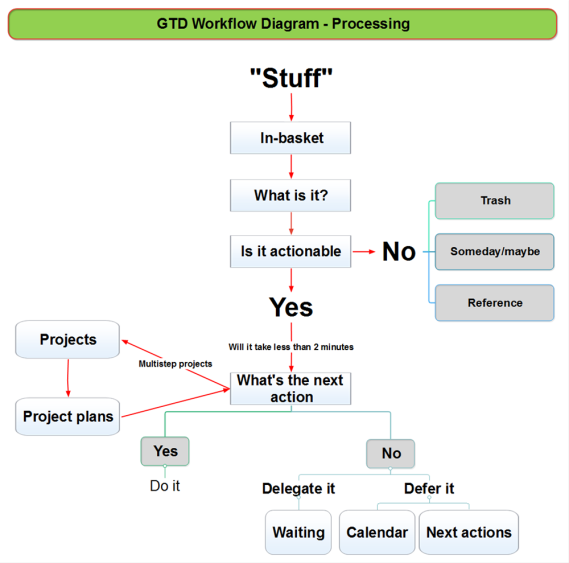
GTD-based Trusted System

- Examine and pick a trusted system from the 4 options listed below to ‘capture’ your work
- A trusted system is your method for managing your tasks in a way that you consistently get things done
-
- Trello.com with a – GTD Template
- We use Trello in this class to manage group projects
- You will create a Trello account a few weeks from now regardless
- You might want to start now
- We start using Trello in the second semester
- Watch Mr. Le Duc Creating a Trello Account and Add GTD Template Tutorial (3:45)

- You can get the free Trello app at the Apple Store or Google Play

- We use Trello in this class to manage group projects
- Your phone
- Paper and pen or pencil
- Examine LifeHacker.com’s GTD Resources
- Trello.com with a – GTD Template
OUTSIDE (PRODUCTIVITY & THE BRAIN)

- Go for a 15-minute walk, if it is safe to do so and follow the advice from David Allen
- Bring a notepad
- Walk and relax and allow your mind to wander
- If you land on something that needs your attention, write it down
- Continue throughout your walk
STUDIO (CREATING MAPS)
- Set a timer
- Spend up to 15 minutes
- Then watch David Allen summarize the steps
- “Very simple folks! …
- Just WRITE STUFF DOWN
- Decide the ACTIONS and OUTCOMES embedded in them
- Get yourself a MAP OF ALL THAT so you can step back and take a look at it.
- And then, basically, you USE THE MAP TO DECIDE, “OK, here’s the course that we’re going to go on.”
- You then LAUNCH the ‘ship’ on a trusted course in the short term, as well as on the long horizon that you’re moving on.
- And then, on a regular basis, you need to REASSESS, “OK, we need to take in NEW DATA, CLEANUP, RECALIBRATE, and REFOCUS for the next leg of the journey.”
- It’s that simple…”
- “Very simple folks! …
- ‘Capture’ all the ACTION ITEMS you can in your GTD Trusted System
CONTROL ROOM (PRODUCTION)
- Set a timer
- Spend 10 minutes in this ‘room’
- Share your system with the class in the Schoology Week 10 Discussion Board
- Take a picture or screenshot and post on our Schoology page
- Prepare to briefly share how your system helps you…
- Capture Action Items
- Process them
- and Organize them
- DELETE THIS WHOLE SECTION, AFTER YOU ARE DONE
WHAT I LEARNED and PROBLEMS I SOLVED
- I learned how to organize a GTD to fit my needs, and how to modify it to fit my workflow.
- I’m on the way to solving the issue of procrastination that plagued me for weeks as I had no one, physically, to share and talk about classwork to.
